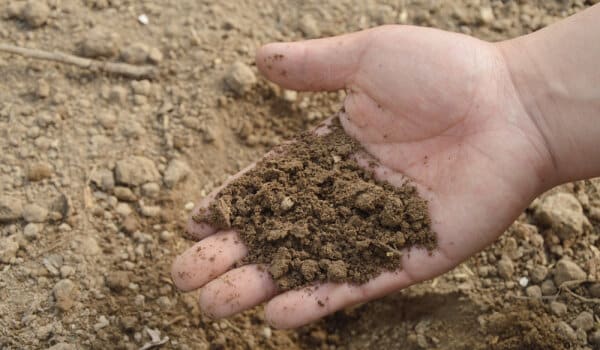pH – these letters are found in the recommendations for growing almost any plant. What is this designation and why do you need to know it? They show the acidity of the soil – a very important indicator for any vegetation. The fact is that a huge number of chemical and biochemical processes in our environment, including the soil, depend on acidity values.
This characteristic of the soil is of great, often primary importance for the normal development of cultivated plants. In order to grow full-fledged healthy plants, it is imperative to monitor acidity indicators, because the ability of green plants to absorb nutrient ions from the soil solution depends on it.
Such soils have an inhibiting (suppressing) effect on the growth of the root system, thereby slowing down its absorption capacity. As a result, the supply of phosphorus, magnesium, potassium and calcium to plant organisms, the main vital elements, is greatly reduced and as a result the plants do not receive the necessary nutrition. On alkaline soils, it is difficult to supply plants with trace elements: magnesium, zinc and boron. Soil microorganisms, which are so necessary for structuring, work only in an environment with slightly acidic characteristics.
The most favorable conditions for the necessary plant nutrition are soils with neutral indicators or not far from them. In other conditions, there is excessive absorption of some nutrients and a lack of others. As a result, there is a deficiency of certain elements that adversely affect the development of plants, the formation of the crop and its quality.
What affects acidity?
What conditions does pH depend on? Or, more precisely, what influences this indicator to a greater extent? First of all, the climate in a given area, the proximity of peat bogs or forest areas, the lack or excess of water resources, as well as the care of this area and the right agricultural technology.
What numbers indicate the level of acidity
The most significant in this matter is the number 7 (more precisely, 6.5–7.4), which indicates a neutral character. All indicators below this number up to a value of 4.5 indicate an acidic character (from weakly to strongly acidic reaction of the soil solution). Values in the range of 7.5–8.5 indicate alkaline types.
When starting gardening, it is important to know that each type of plant has its own special requirements for the reaction of the soil environment. All garden plants according to their pH requirements can be divided into three groups: acidophiles (pH 5.0–6.4), neutrophils (pH 6.5–7.4), basiphils (pH 7.5–8.5) .
What flowers like acidic soil in the garden
Such acidophilic plants, also called acidophytes, include:
– Azaleas;
– Wild rosemary;
– Ferns;
– Rhododendrons;
– Peonies;
– Lupins;
– Forget-me-nots;
– Lily of the valley;
– Asiatic lily hybrids;
– Roses;
– Poppy;
– Carnations:
– Cobblestones;
– Hydrangea;
– Kaluna;
– Zinnia.
What houseplants like acidic soil
Indoor plants: azaleas, camellias, fuchsia, cyclamen, monstera, begonia, pelargonium, asparagus are also plants for acidic soils. For their planting, a substrate with a predominance of peat in its composition and compost obtained from rotted coniferous or oak foliage should be prepared. For even greater acidity, sphagnum moss is successfully used.
However, most of us prefer to buy soil in the store. There should be a marking on the packaging for the acidity value. You can also acidify the soil with sawdust, coniferous litter, as well as fresh manure. Other home methods are also applicable for this: with lemon or sorrel, as well as with ordinary citric acid – dissolve 15 g in a liter of water.
How to increase soil acidity
Sometimes, but extremely rarely, an increase in pH is required. Although it’s usually the other way around. But for example you really want to have a beautiful flower (like your favorite rose) loving acid soils in your garden.
Bring in acidic peat and use it as an organic fertilizer, mixing it into the existing soil in the area designated for your acidophyte. There are other ways to make the area more acidic:
– apply acid complex fertilizers, the choice of which in stores is huge and every seller will help you;
– add compost or manure, which will help at least slowly acidify the soil;
– at the same time as digging, bring in coniferous waste: sawdust, sawdust, litter;
– use urea – one of the fastest acidifiers.
Photo: Jing/ pixabay.com









